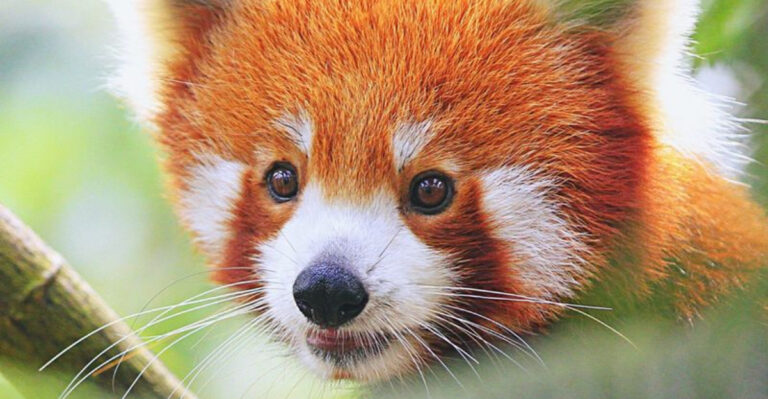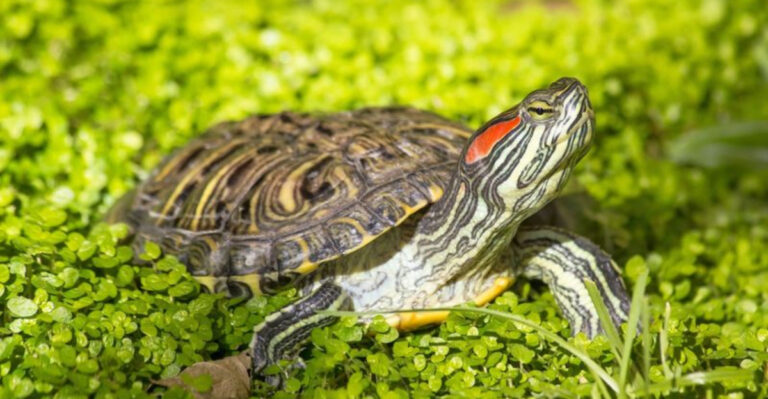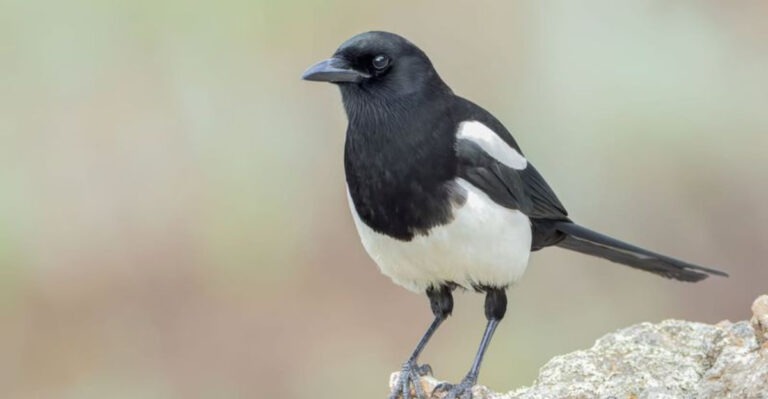15 Overpopulated Animals And Their Impact On Climate Change
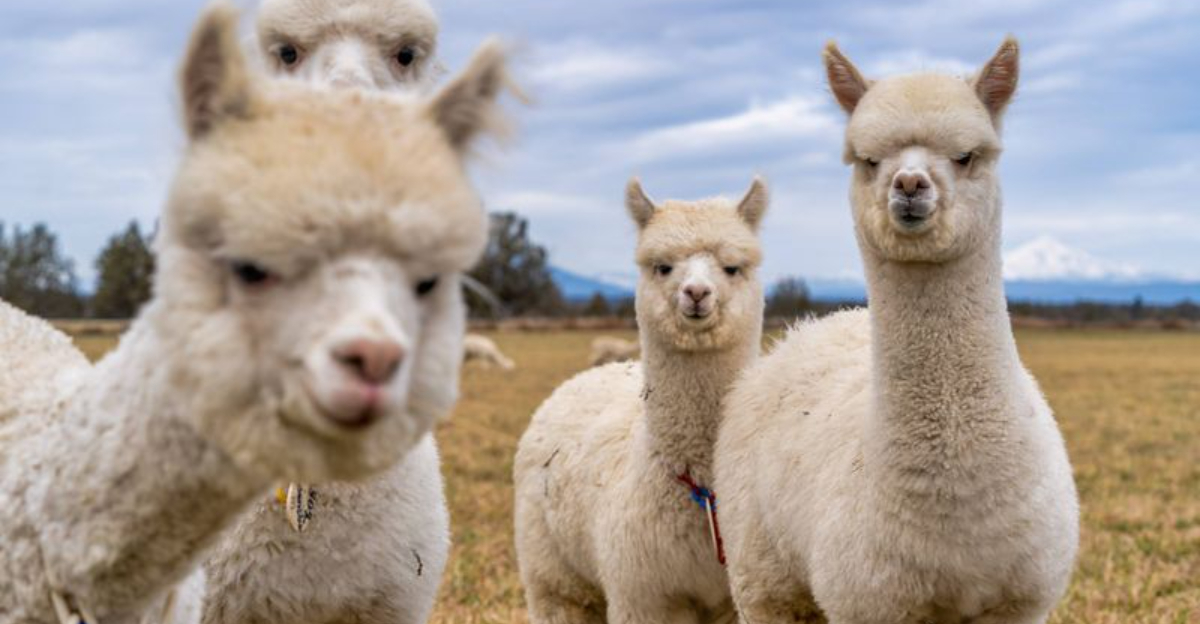
From the vast plains to bustling cities, overpopulated animals are making a surprising impact on our planet’s climate. While many may associate climate change with industrial emissions, the animal kingdom has a role to play too.
Whether it’s through methane emissions or resource strain, certain species are pushing the limits of our ecosystems. Let’s take a closer look at how these overpopulated animals are influencing the climate in ways you might not expect!
1. Cows
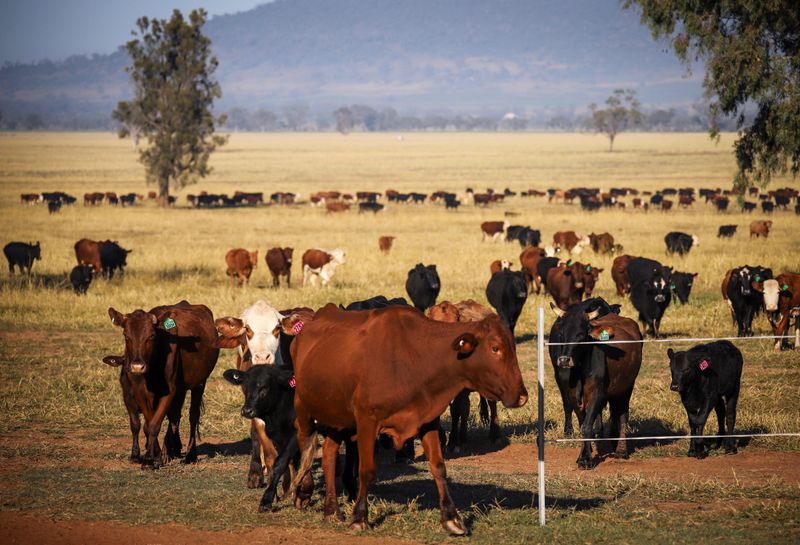
Cows might seem harmless, but their digestive process releases methane, a potent greenhouse gas.
A single cow can produce up to 200 liters of methane a day! That’s like filling up 150 balloons with gas.
When you think about the millions of cows worldwide, their impact on climate change isn’t just about milk and meat.
2. Termites
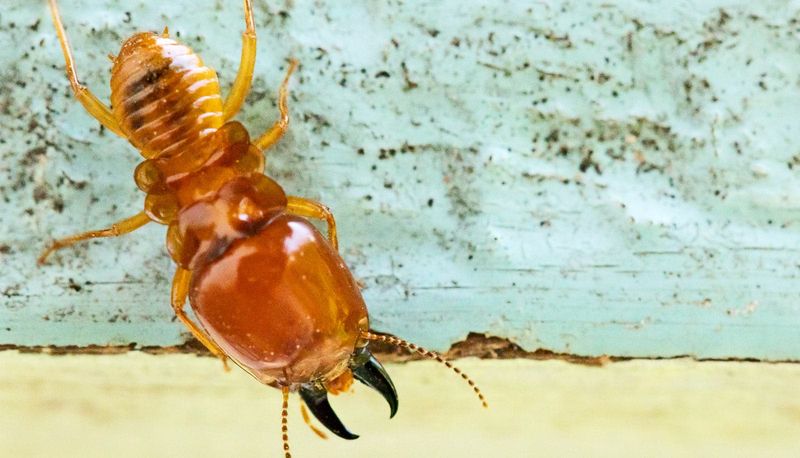
Tiny termites pack a big punch when it comes to greenhouse gases. As they munch on wood, they produce methane.
These little critters might be small, but with billions of them in the world, their contribution to methane emissions is no small matter. It’s fascinating how something so small can have such a big impact!
3. Sheep
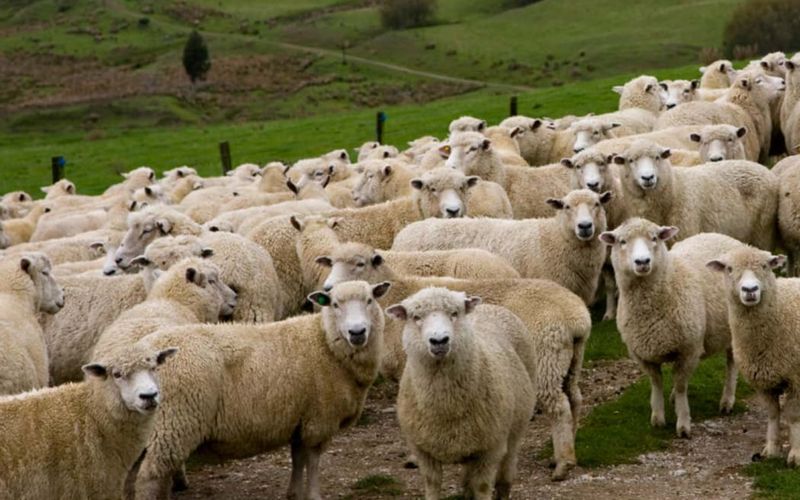
Sheep are not just cute and fluffy; they are also methane machines! Like cows, sheep produce methane during digestion.
With over a billion sheep grazing worldwide, their collective emissions are a significant contributor to climate change.
4. Pigs
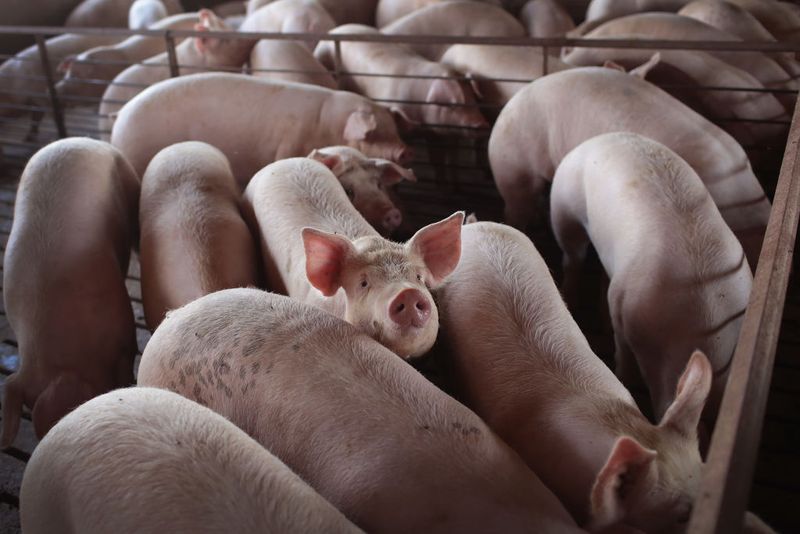
With playful snouts and curious habits, pigs also contribute to climate change. Their waste produces methane, and with millions being farmed worldwide, the cumulative impact is significant.
This has become a growing concern for both environmental and agricultural sectors.
5. Buffalo
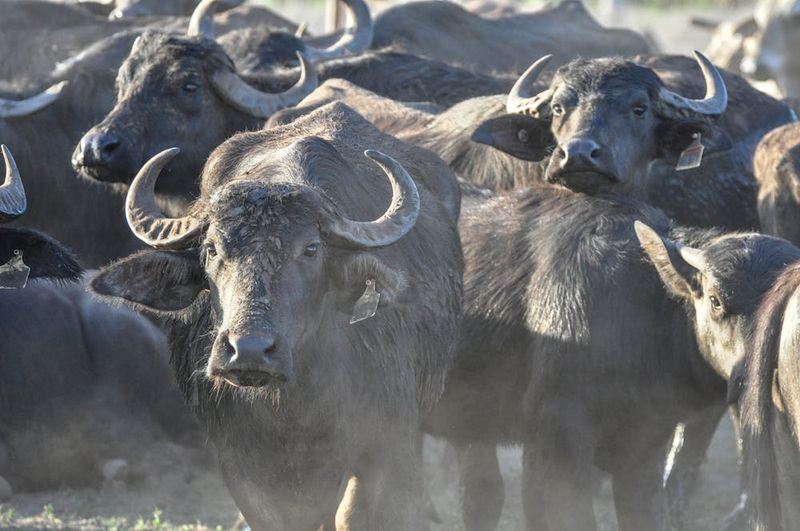
Buffalo, often seen as majestic creatures roaming the plains, are another methane-emitting animal. Their unique digestive system releases this greenhouse gas, contributing to our climate challenges.
Considering the vast numbers of buffalo in Asia and Africa, their environmental footprint is significant.
6. Goats
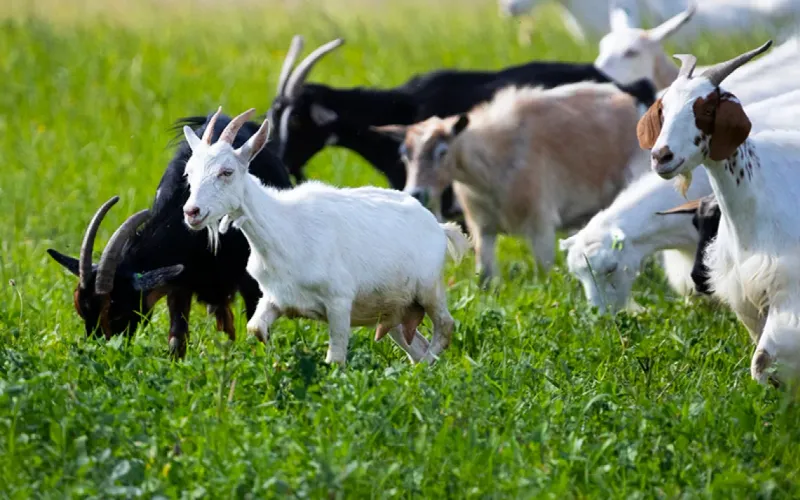
Known for their climbing antics and curious nature, goats contribute to methane production. Like other ruminants, their specialized stomachs release methane during digestion.
With millions of goats worldwide, the impact on climate change is more than just a ‘bleat’ in the wind.
7. Chickens

Though chickens don’t produce methane directly, their farming requires significant resources. From feed production to waste management, large-scale chicken farming has an environmental impact.
The energy used in their production, along with the waste generated, contributes to climate change.
8. Deer
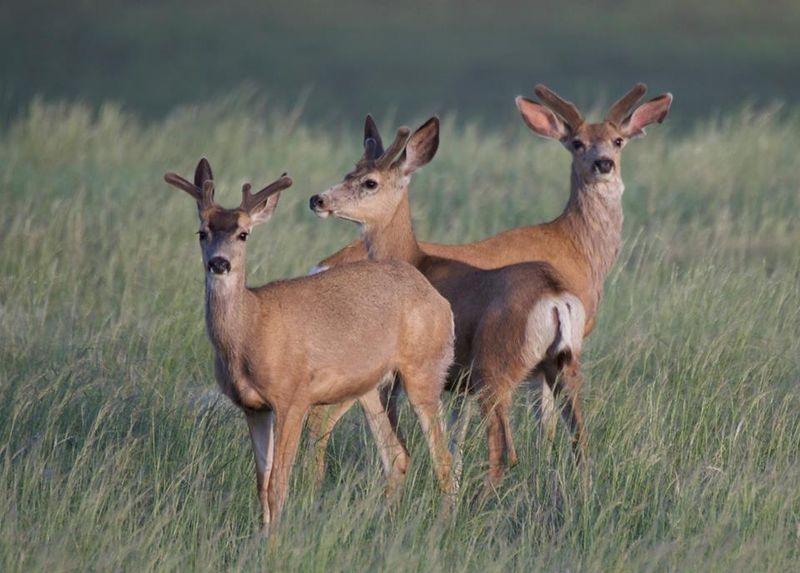
Deer, with their graceful presence in the wild, are also methane contributors. Their unique digestive process releases this greenhouse gas.
With millions of deer roaming forests and grasslands, their environmental impact cannot be ignored. It’s a gentle reminder of how even wild animals play a role in climate change.
9. Camels
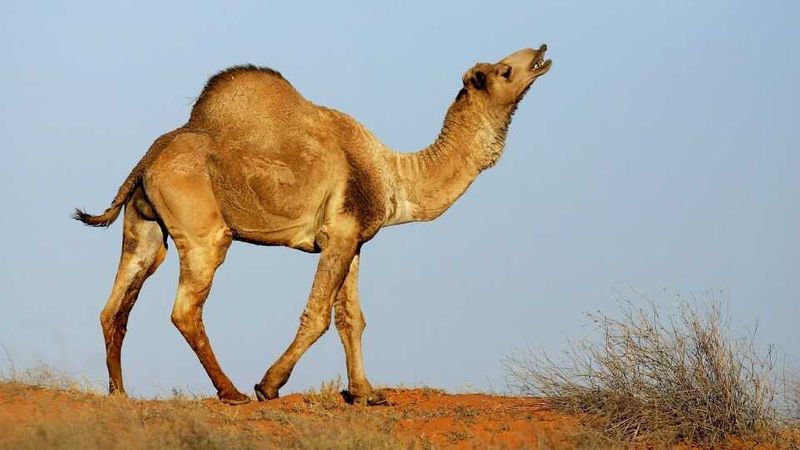
Often called the ships of the desert, camels are more than just a mode of transport. Their digestive system produces methane, contributing to greenhouse gas emissions.
This release of methane has a significant impact on the environment, adding to the challenges of climate change.
10. Horses
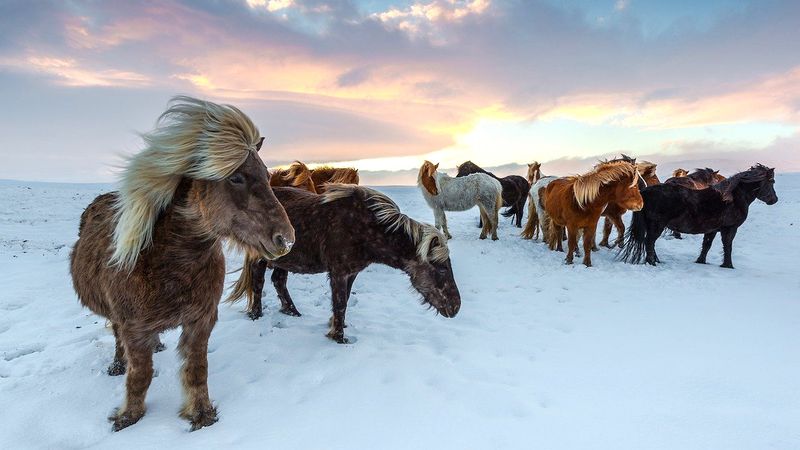
Horses, known for their strength and grace, are also part of the methane story. Their digestive process, like that of cows and sheep, emits methane.
With millions of horses worldwide, their contribution to greenhouse gases is a significant aspect of their environmental footprint.
11. Rabbits
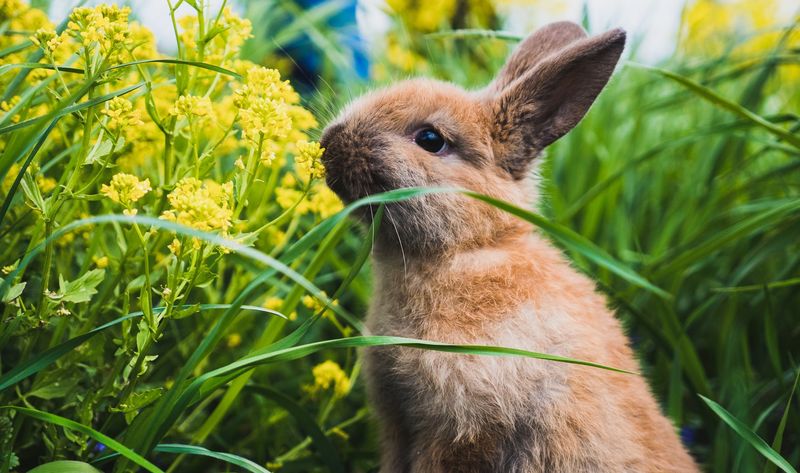
Rabbits may be small and fluffy, but their numbers make them significant players in methane production. Their waste contributes to greenhouse gas emissions, and with large populations in certain areas, they have a noticeable environmental impact.
It’s a reminder of how even tiny creatures can influence climate dynamics.
12. Bison
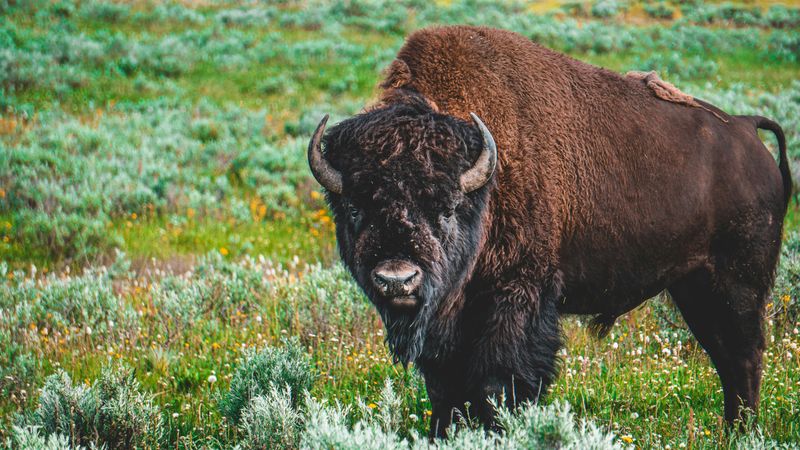
With their iconic presence on the American plains, bison also contribute to methane emissions. Their digestive system releases this greenhouse gas as they graze.
With herds still prevalent in various regions, the bison’s impact on climate change is as vast as the plains they inhabit.
13. Elephants
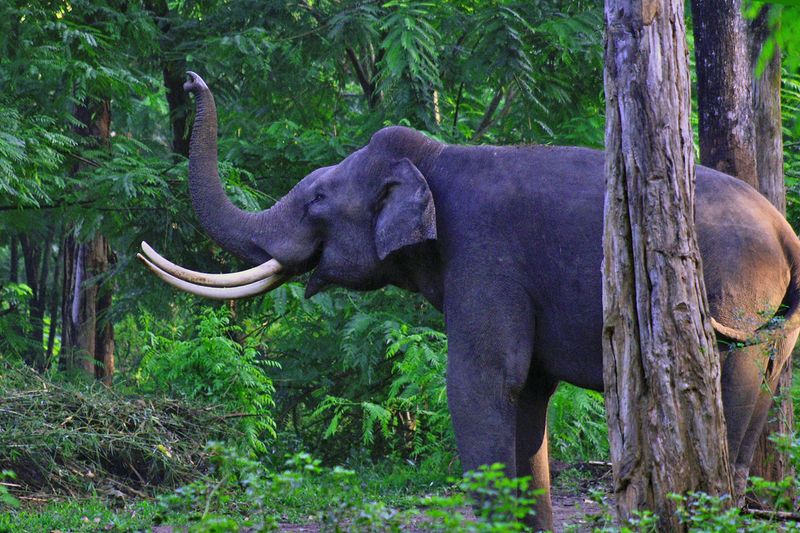
Elephants, often seen as symbols of strength and wisdom, are also part of the methane equation. Their large digestive systems produce methane, contributing to greenhouse gases.
In regions where elephants are numerous, their environmental impact is something conservationists are keenly aware of.
14. Kangaroos
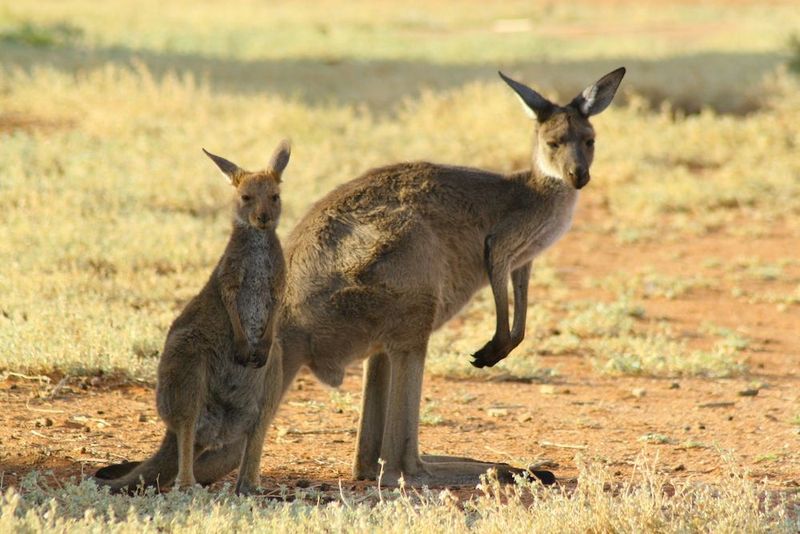
With their iconic hop, kangaroos have a unique digestive system that produces methane. As native inhabitants of Australia, their numbers contribute to the continent’s methane emissions.
This serves as a quirky reminder of how even Australia’s unique wildlife plays a role in the global climate picture.
15. Alpacas
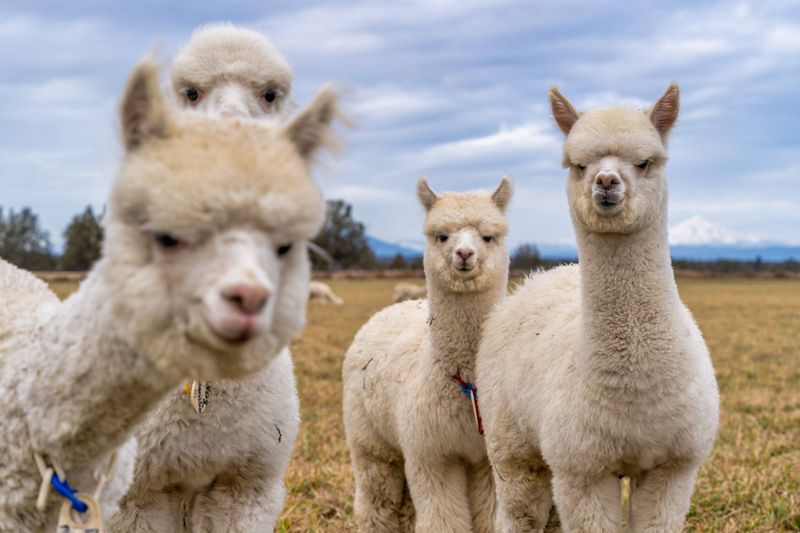
Alpacas, loved for their soft fleece and gentle demeanor, are also methane producers. Their digestive process releases this greenhouse gas, adding to environmental concerns.
In South America, where alpacas are part of traditional farming, their climate impact is a topic of interest for sustainable practices.



